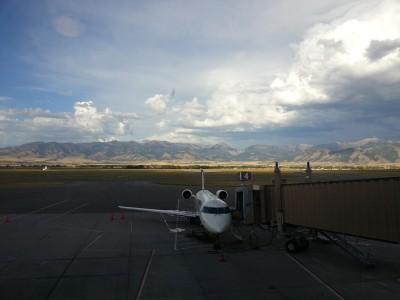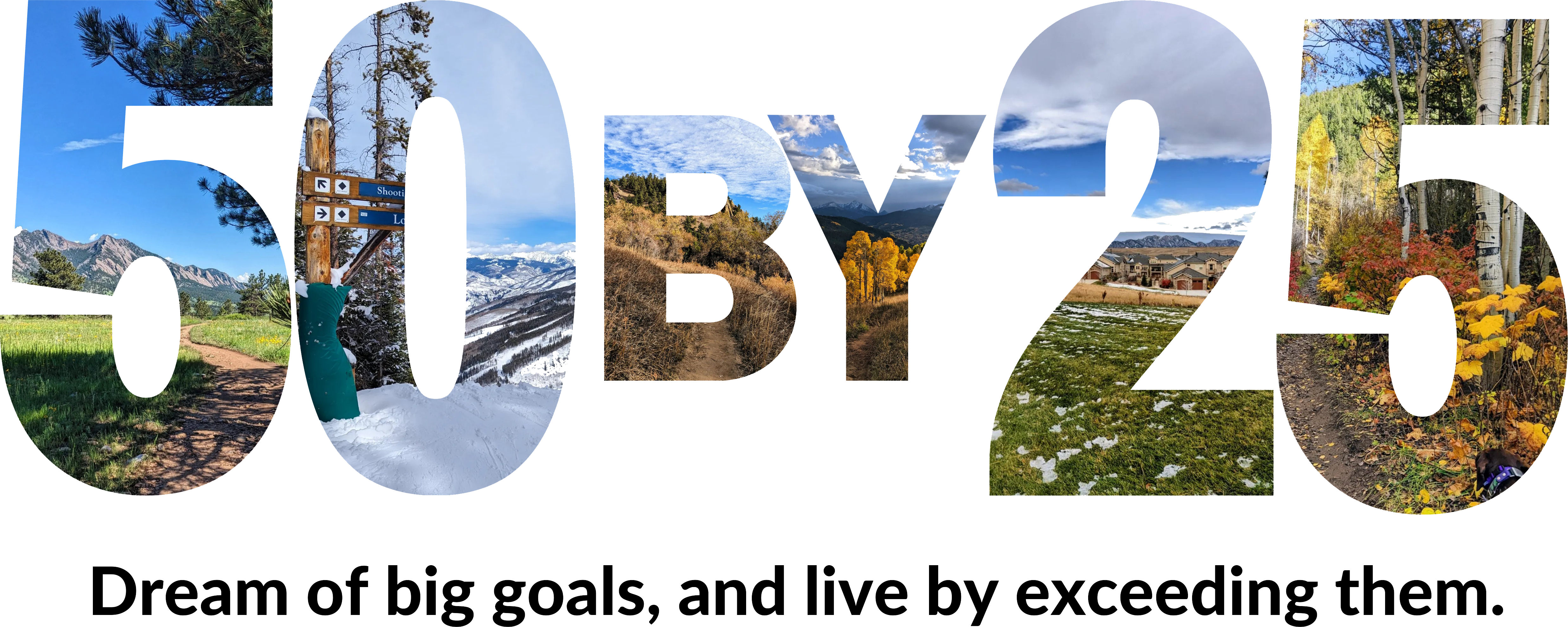Back in 2010, while I was working at an airline, the infamous “tarmac delay rule” was passed. In layman’s terms, an aircraft can’t be on the tarmac for more than three hours. Otherwise, the airline will get hit with massive fines as punishment. Contrary to popular belief, those fines don’t go to the customers as retribution for their inconvenience; they are simply collected by the government, and serve as an incentive for airlines to bring delayed planes back to the gate.
(It should be noted that the term tarmac is not technically correct, and what is meant is that the plane can’t be away from the gate for more than three hours. However, since this rule is commonly referred to as the “tarmac delay rule,” we’ll just go with that for the rest of this post.)
For those of you who don’t remember, this law was drafted and passed after a string of incidents where passengers were stuck on the runway for hours and hours without food and water. I certainly understood why passengers wanted this ruling passed, but right from the beginning, I said that it was a terrible idea.
Listen: as much as you might think the airlines are “out to get you”, that just isn’t true. Airlines want nothing more than for you to get to your destination on time, comfortable, and happy. (Okay, fine, they often value profit over customer experience, but that’s largely because the American public has shown that they view airlines as a commodity and won’t pay a dime more for better service, so it’s been a race to the bottom.) In the case of the tarmac rule, though, the airlines have nothing to gain by keeping passengers on a plane. Every second that a plane is on the ground, it’s losing money… they want that plane in the air too!

But the rule was passed, and so it was that the airlines would be (further) penalized for planes stuck on the ground. The good news was that almost immediately after the passage of the rule, tarmac wait times decreased dramatically. In the first six months after the rule, there were only twelve delays of more than three hours, compared with 546 delays of more than three hours in the six months preceding the rule. But at what cost were those delays avoided?
From personal experience, I remember a time when I was trying to fly from Chicago to New York to get home from a marathon, and we were hit with a weather delay after we had already boarded and pushed back from the gate. We waited for a while on a taxiway, but as we approached the two hour mark, the pilot brought our plane back to the gate. Because of the expensive fines that could be levied as a result of the tarmac rule, it was safer for the airline to park the plane at the gate and allow people to get off, rather than risk still being stuck out there when the three hour mark struck.
Unfortunately, when the weather finally cleared, it took a while to get everyone back on the plane and make sure everyone was accounted for. By the time that happened, the flight crew was nearing the end of their legally mandated work time. The flight crew was New York based, so they wanted to get home too, and the pilot rushed us out to the runway as fast as possible. But just as the engines began firing up for takeoff, the crew timed out… and so we had to head back to the gate once again. With no crew, our flight was canceled until the next morning, and I spent the night sleeping on the airport floor. I would have gladly spent some extra time sitting on the tarmac in exchange for getting home to my own bed!

While my experience may be anecdotal, a new study indicates that it’s actually fairly typical. Researchers at Dartmouth and MIT found that the tarmac rule definitively increased the number of flight cancellations – which ultimately meant that it took significantly longer for passengers to reach their destinations. In fact, for every minute of tarmac time being saved, there is an average increase of three minutes in the total delay! Remember – in order for the airlines to comply with the rule and avoid fines, they have to bring the planes back to the gate and give passengers the option to deplane. What was a once a short delay now becomes much longer, and if you’re on an evening flight, you have a much higher risk of complete cancellation.
So, which would you rather: a few extra minutes on the tarmac, or an extra night at your departure city? Personally, I prefer to just pack my own water and protein bars for emergencies, and know that I’m prepared for anything – even a little bit of extra time on the tarmac.

I remember you telling me when that rule was enacted that it would result in a worse, not better, outcome for passengers! Too bad they didn’t consult you!!! 🙂 Maybe now with a little research behind it, modifications can be made to the rule???
I doubt it will be modified, because to uninformed flyers, the rule gives the perception that they’re being taken care of. It’s the same reason we still have the TSA at every airport, even though they are utterly ineffective – it makes people feel better if they think something is being done to keep them safe.
I feel like so much is pandered to make people “feel better” but does absolutely nothing in the long run, or even makes it worse. When I’m feeling especially frustrated, I’ll refer to it as “pandering to the lowest common denominator”……
I use a lot worse language than that sometimes 😉